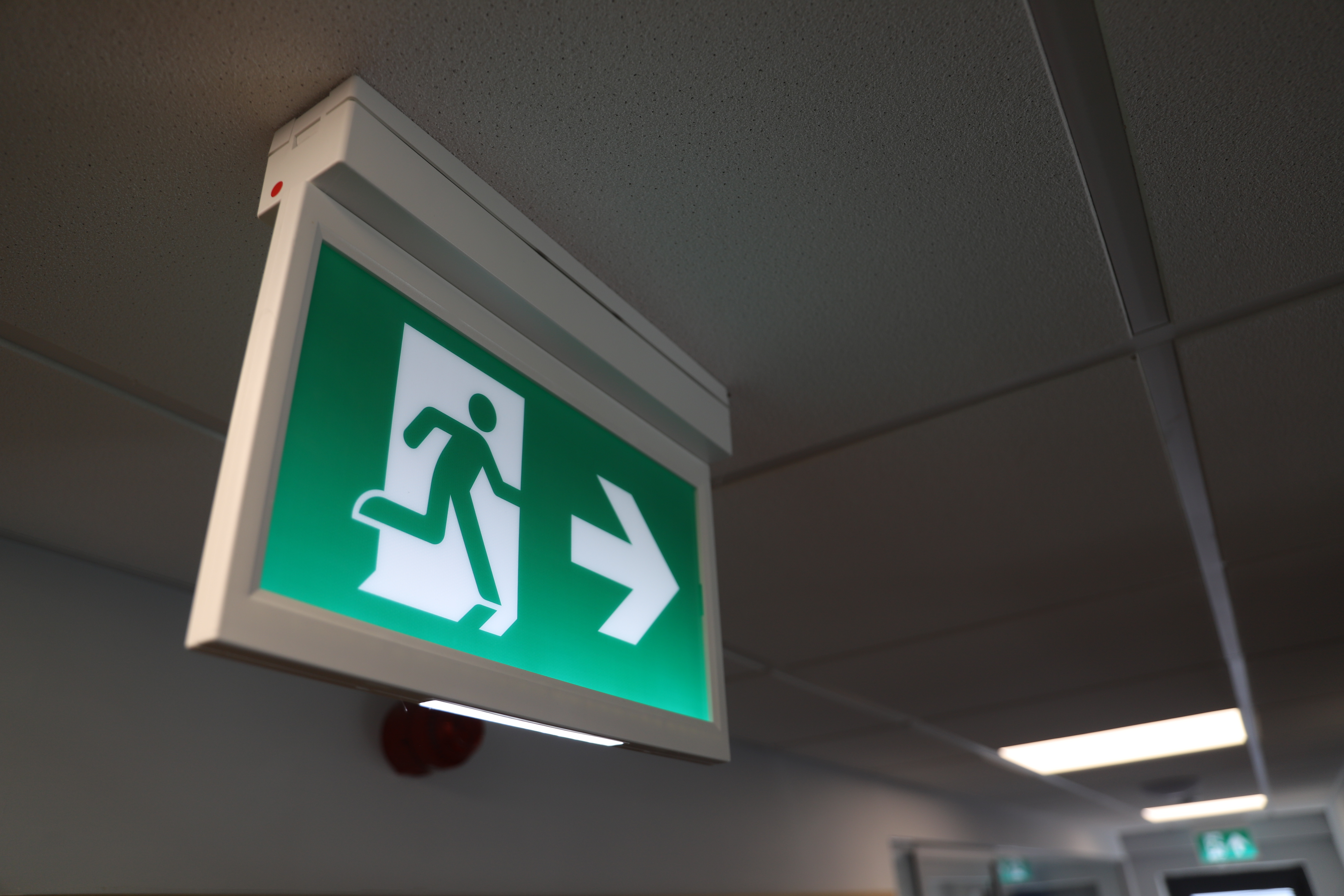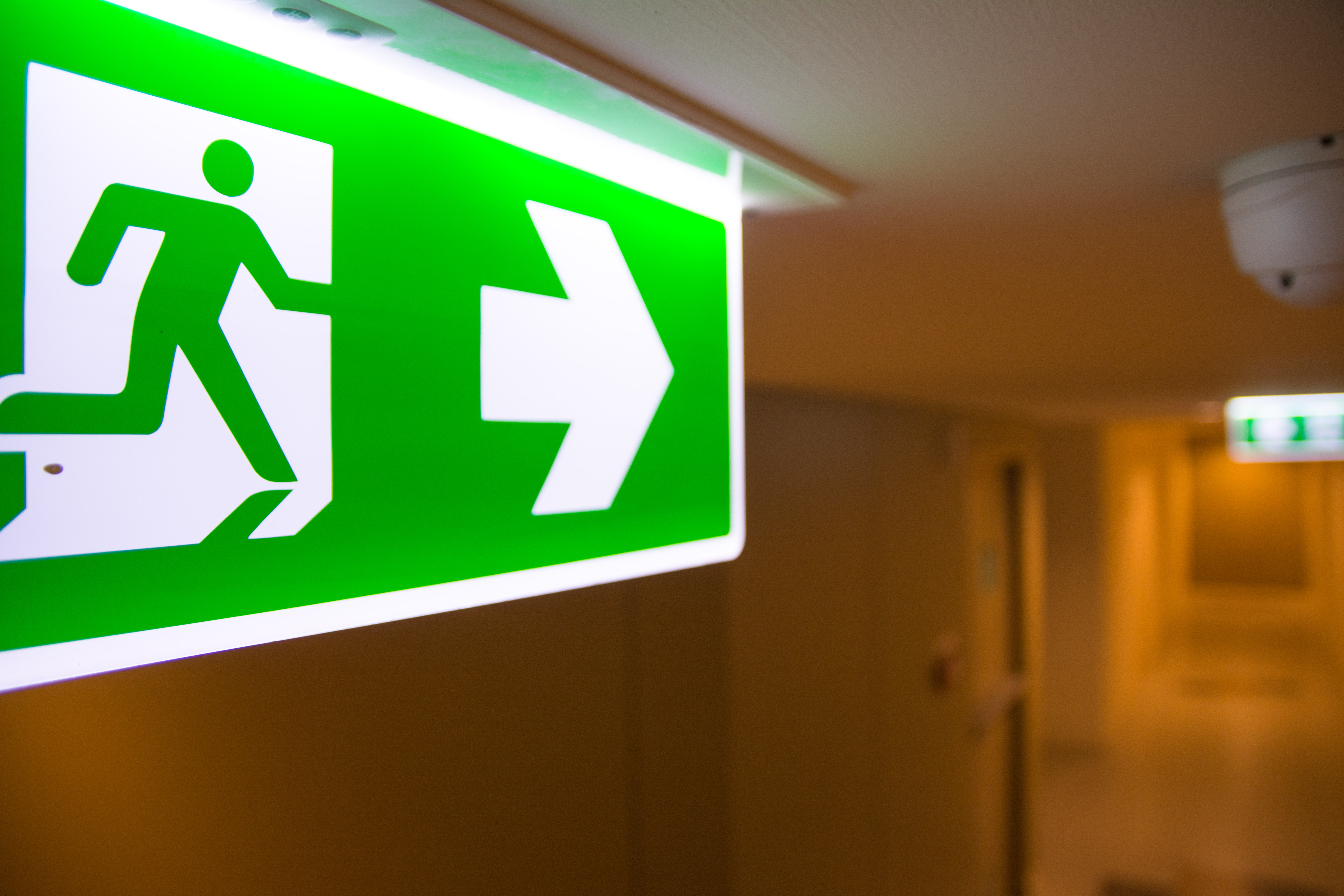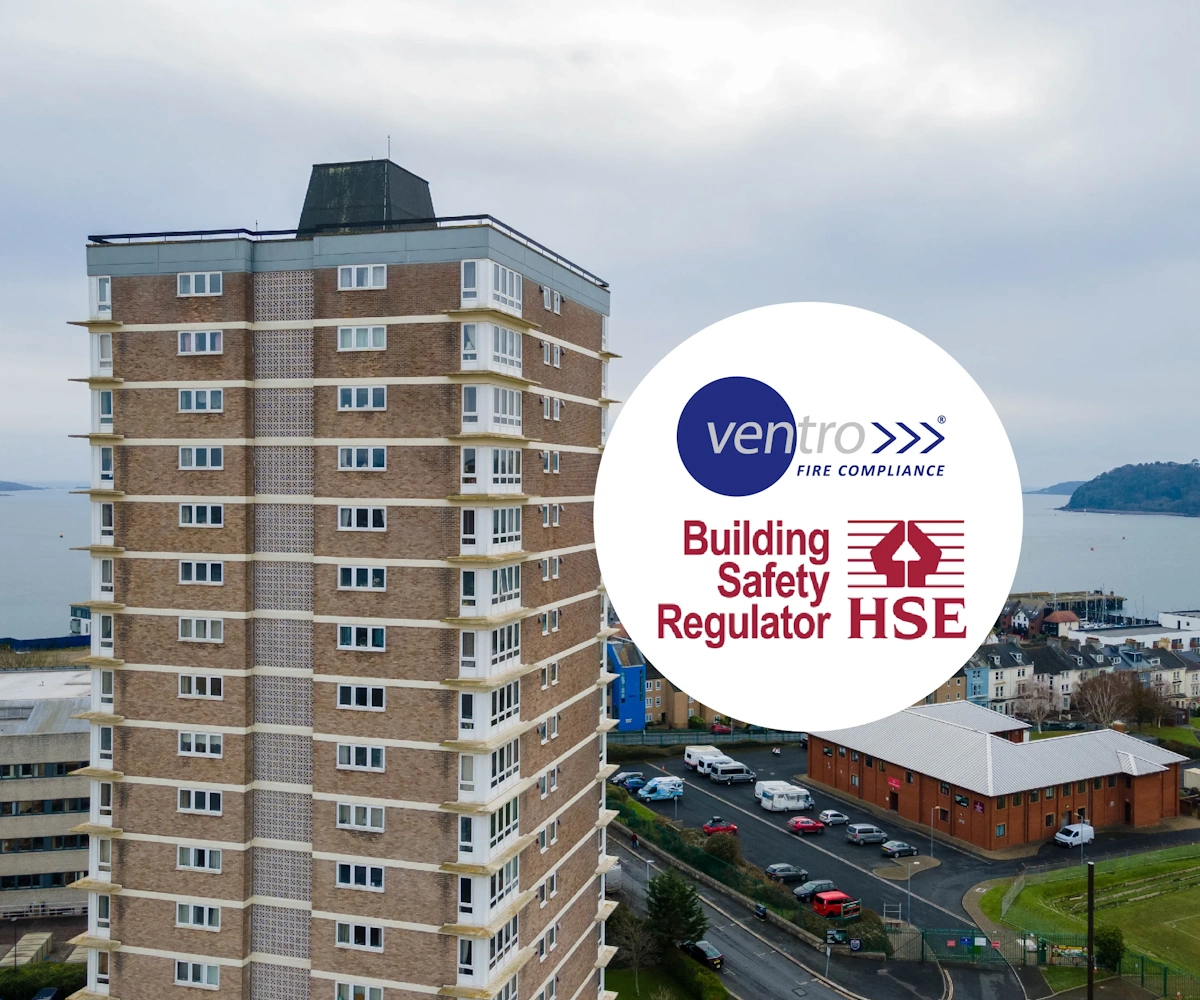How to Ensure Your Emergency Lighting Meets UK Standards

At Ventro, we are committed to promoting fire safety and ensuring that essential systems like emergency lighting are properly understood, maintained and prioritised. Emergency Lighting Awareness Week is a great opportunity to underscore the importance of reliable, well-maintained emergency lighting systems in safeguarding lives during fires or other critical situations. By highlighting this essential aspect of fire safety, we aim to increase awareness of both the regulations and the practical measures needed to maintain effective emergency lighting within your buildings.
What Is Emergency Lighting?
Emergency lighting is a critical safety system designed to guide occupants to safety during power failures, fires, or other emergencies. In the event of an emergency, standard lighting can fail, making it difficult or even dangerous for people to exit a building. Emergency lighting provides essential illumination along escape routes, in stairways, corridors, and key hazard areas, enabling safe evacuation. In darkness or smoke-filled environments, well-placed and functioning emergency lighting can really be the difference between escaping a building and not.
What Does the Legislation state?
In the UK, emergency lighting legislation primarily stems from the Regulatory Reform (Fire Safety) Order 2005 and the Health and Safety (Safety Signs and Signals) Regulations 1996. Together, these laws mandate that emergency routes, exits, and safety signs in non-domestic premises be adequately illuminated to ensure safe evacuation during power failures or emergencies.
The Regulatory Reform (Fire Safety) Order 2005 (RRO) requires that responsible persons ensure safe evacuation by providing sufficient emergency lighting for escape routes. It is also necessary to conduct regular risk assessments and maintenance checks to keep these systems in working order.
Additionally, the British Standard BS 5266-1 provides guidance on the installation, testing, and maintenance of emergency lighting to support compliance with the RRO. While BS 5266-1 is not a legal requirement, following it is widely accepted as best practice for ensuring that emergency lighting systems meet safety and legal standards.

(Picture above) An example of Emergency Lighting
Where should Emergency Lighting be installed?
Proper installation is required by law to guide individuals through critical areas, providing visibility and reducing risks. To meet UK compliance standards, emergency lighting should be installed in the following key locations:
- Each exit door: With an illuminated sign above, marking the escape route clearly.
- Stairs and other trip hazards: To prevent falls and facilitate safe navigation.
- Changes in direction: Ensuring that each turn is well-lit to direct toward the exit.
- First aid stations and fire-fighting equipment: Allowing easy access during an emergency.
- Fire alarm call points: So they can be quickly located if the main power fails.
- Escape routes, including lifts: Lighting along corridors and designated paths to exits.
- Corridor intersections: Ensuring smooth transitions along the escape route.
- Outside final exits and external escape routes: Providing visibility outside the building.
- Windowless rooms and toilets exceeding 8m²: To avoid total darkness in isolated spaces.
- Changes in floor level: Preventing potential hazards from uneven surfaces.
- Critical equipment shutdown points: To safely disable systems if needed.
- Rooms and areas over 60m²: Ensuring adequate lighting in large open spaces.
Proper coverage of these areas ensures compliance with emergency lighting regulations and supports a safe evacuation process during any emergency.
How often should Emergency Lighting be tested?
Emergency lighting requires regular testing to remain fully operational and compliant with UK regulations, ensuring it will perform reliably in an emergency. A strict testing schedule is necessary, with each test carried out by a competent person familiar with both manual and automatic testing procedures, depending on the system and importantly logged in your onsite logbook.
- Daily “Visual Inspection” Testing: A visual inspection to confirm the power supply indicator is illuminated and that units are undamaged.
- Monthly “flick test” Testing: During this test, the emergency lights are briefly switched to their battery-operated mode to confirm they illuminate correctly. The test simulates a mains power loss, triggering the lights to activate on backup power, hence the term "flick test" as the lights momentarily flicker on.
- Annual “full duration” Testing: A thorough test to ensure lights stay illuminated for the full duration (1-3 hours, depending on the premises). Any failed units must be replaced to maintain compliance and safety standards.


Emergency lighting is a crucial safety feature required by UK law to ensure safe evacuation during emergencies. Compliance with regulations such as the Regulatory Reform (Fire Safety) Order 2005 and BS 5266-1 is essential, yet proper installation and ongoing maintenance are key to reliability. Ventro offers expert maintenance services to keep your emergency lighting systems compliant and fully operational, giving you peace of mind that safety standards are met.
Rely on Ventro to keep your premises safe and ensure your emergency lighting is in top condition when it matters most.
Sign up for fire safety updates
You'll receive all the latest news and blogs straight to your inbox.





